Home made horse stalls?
niffer
18 years ago
Related Stories
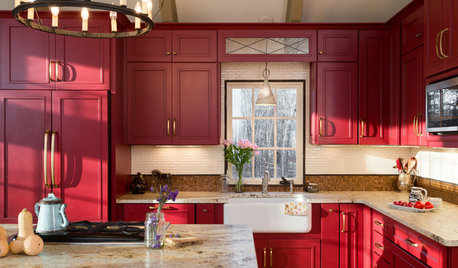
KITCHEN DESIGNKitchen of the Week: Casual Equestrian Feel on a Horse Farm
Red cabinetry, salvaged barn decor and a window for feeding treats to horses combine in a lively, comfortable family kitchen
Full Story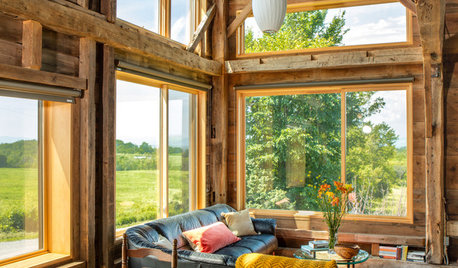
GUESTHOUSESHouzz Tour: This Guesthouse’s Former Residents Were Horses
A new insulated exterior for a Vermont carriage barn preserves its rustic interior
Full Story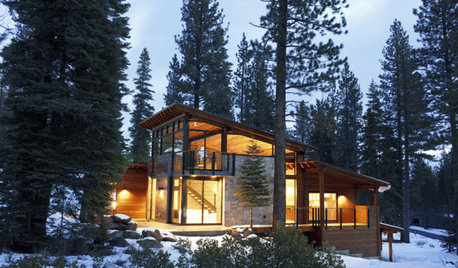
VACATION HOMES5 Homes Made for Après-Ski Indulgence
Strenuous days on the slopes require a warm and pampering retreat to return to, and these homes' amenities hit the spot
Full Story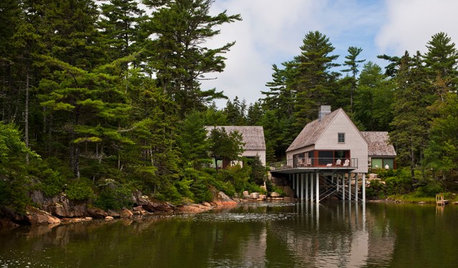
ARCHITECTUREIt Takes a Village: 2 Homes Made of Multiple Structures
Separate buildings join in style and intention in these home bases, showing that sometimes more is just right
Full Story
TINY HOUSESHouzz Tour: A Custom-Made Tiny House for Skiing and Hiking
Ethan Waldman quit his job, left his large house and spent $42,000 to build a 200-square-foot home that costs him $100 a month to live in
Full Story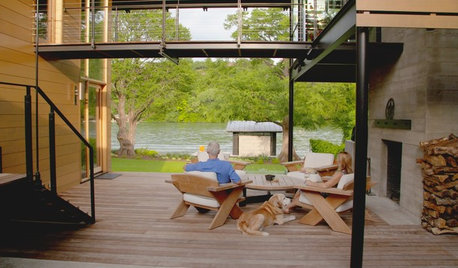
MODERN ARCHITECTUREHouzz TV: This Amazing Lake House Made a Couple’s Dream Come True
Step inside a dream home on Lake Austin, where architecture celebrating gorgeous views has a striking beauty of its own
Full Story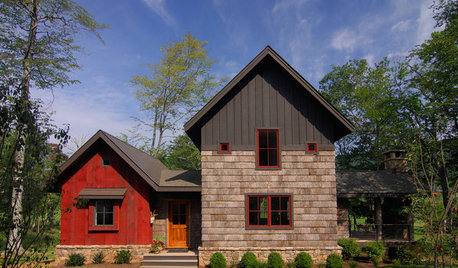
HOUZZ TOURSHouzz Tour: A Horse-Country Home Blends Rustic and Modern
Nestled in a pastoral setting that welcomes part-timers, this home embraces nature, versatility and history
Full Story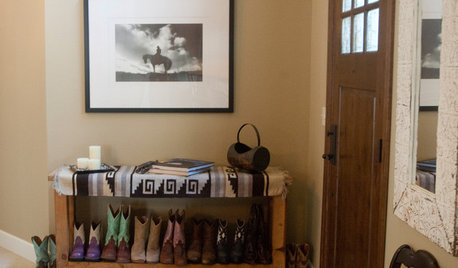
HOUZZ TOURSMy Houzz: A Horse Lover's Stylish Portland Retreat
With a wine room, a yoga studio and plenty of supercomfy spots, this Oregon home puts the good life through its paces
Full Story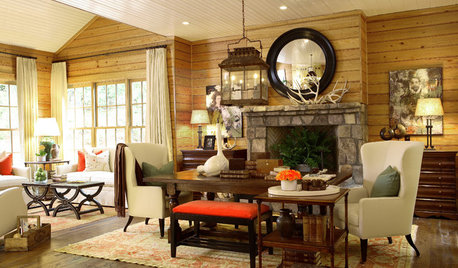
DECORATING GUIDESRooms We Love: A Mountain Retreat Made for Cold Winter Nights
Ample linen and Ushak carpets put a contemporary twist on cozy Appalachian style in a North Carolina show house
Full Story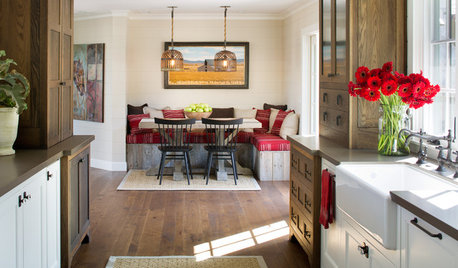
KITCHEN DESIGN15 Farmhouse Kitchens That Made Us Swoon This Month
Raw wood, natural light, shiplap siding — we just couldn’t get enough of these farmhouse-style kitchens uploaded to Houzz in January
Full Story





ladybug1
nifferOriginal Author
Related Professionals
Ashland Landscape Architects & Landscape Designers · Belmont Landscape Architects & Landscape Designers · Leawood Landscape Architects & Landscape Designers · Walnut Landscape Architects & Landscape Designers · East Patchogue Landscape Architects & Landscape Designers · Alexandria Landscape Contractors · Hartford Landscape Contractors · East Haven Landscape Contractors · Fort Wayne Landscape Contractors · Paramount Landscape Contractors · Richmond Landscape Contractors · White Bear Lake Landscape Contractors · Cherry Hill Fence Contractors · Dundalk Fence Contractors · Fountain Fence Contractorsmarquisella
gurley157fs
Miss_Kitty
nifferOriginal Author
gurley157fs
kimberlee
pamghatten
bulldinkie
ladybug1
friedgreentom
bulldinkie
bulldinkie
broodyjen
BelindaM
bulldinkie
nifferOriginal Author
goodhors
bulldinkie
Pipersville_Carol
wannabe
Pipersville_Carol
goodhors
dchall_san_antonio
ratgirl1
goodhors
mstnarabs654
threeamigos
goodhors
threeamigos
chuckhayes
Dibbit
yakimadn
triplebstalls
Happy2BeeME